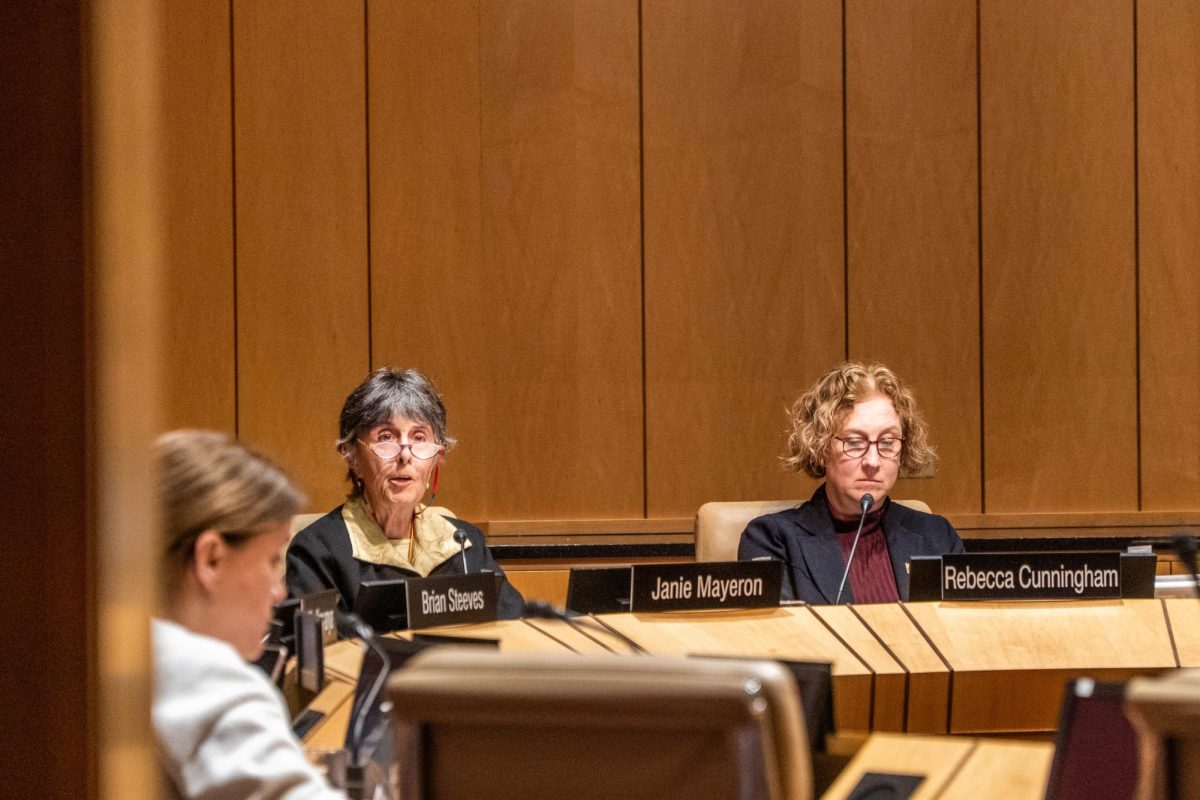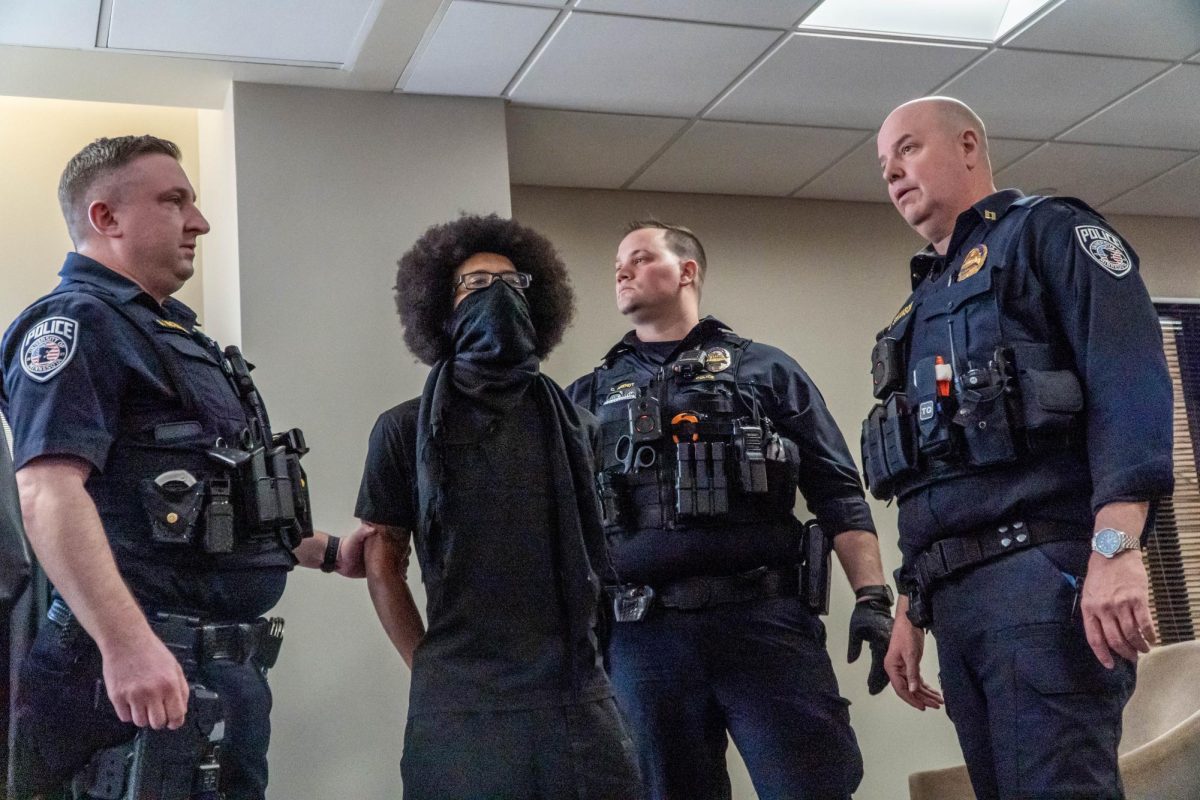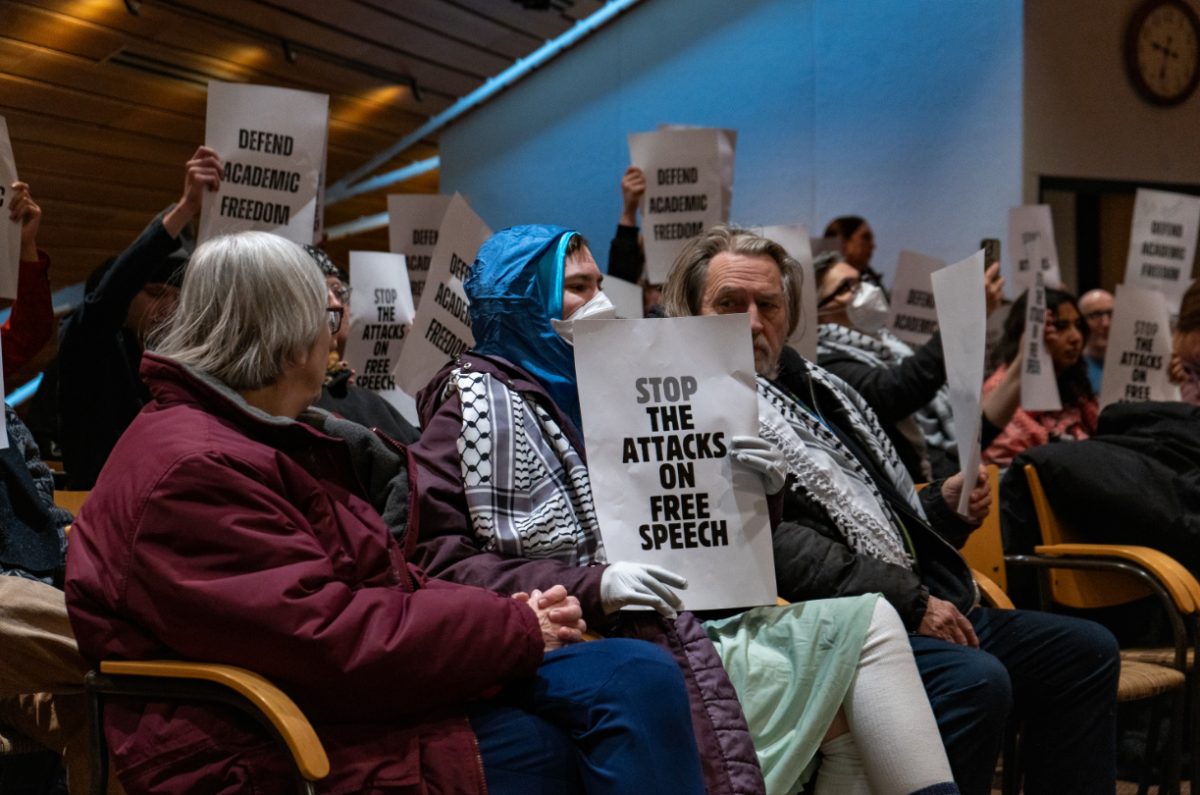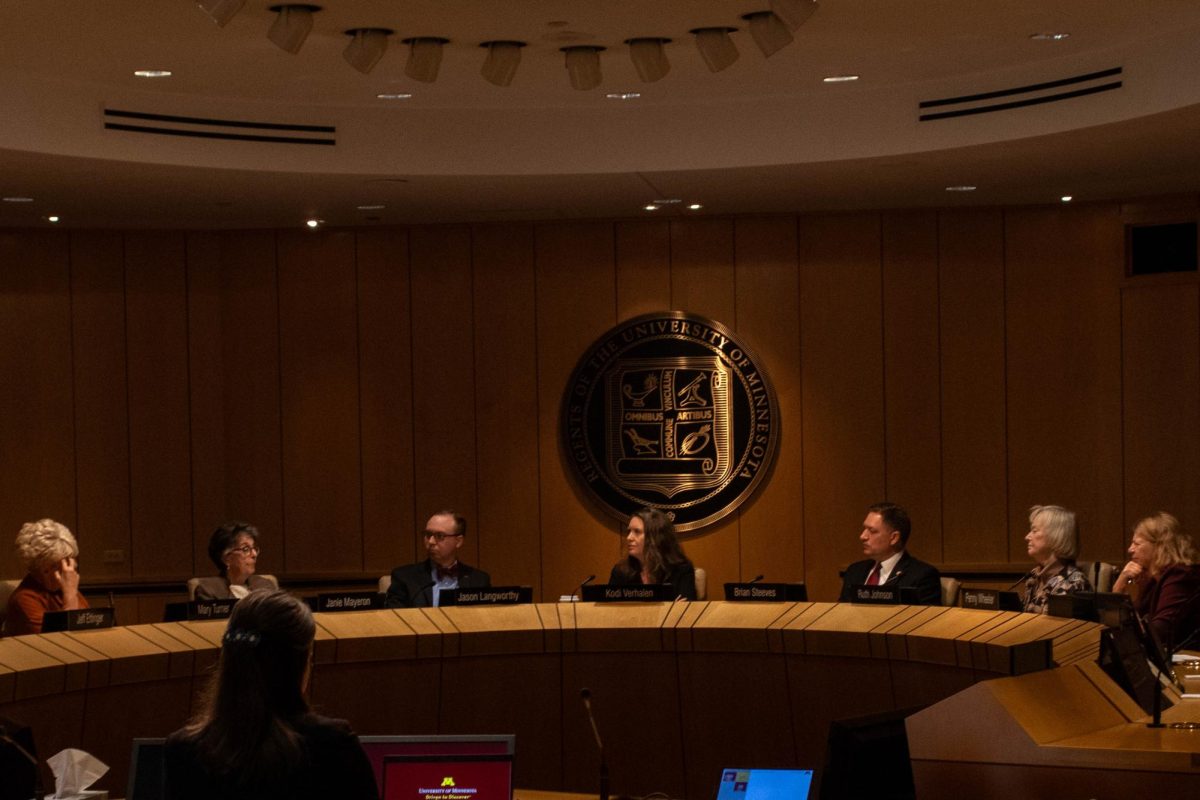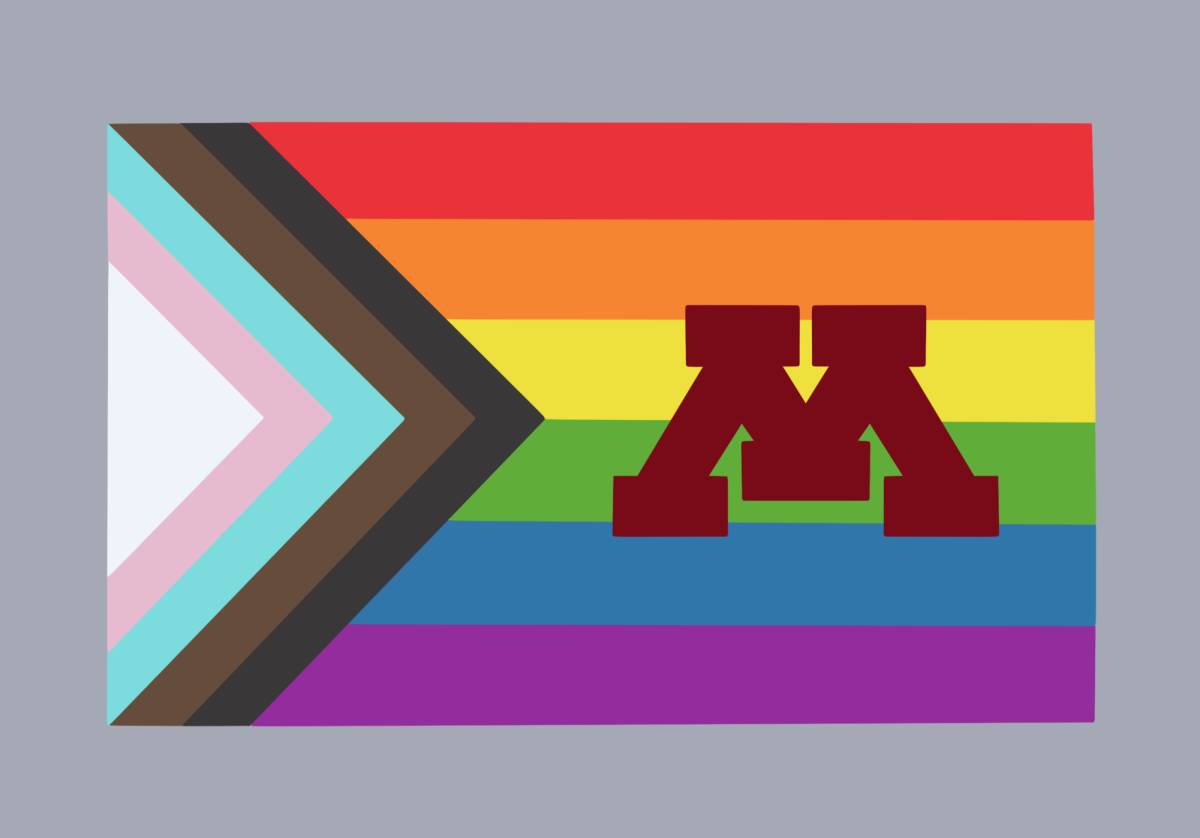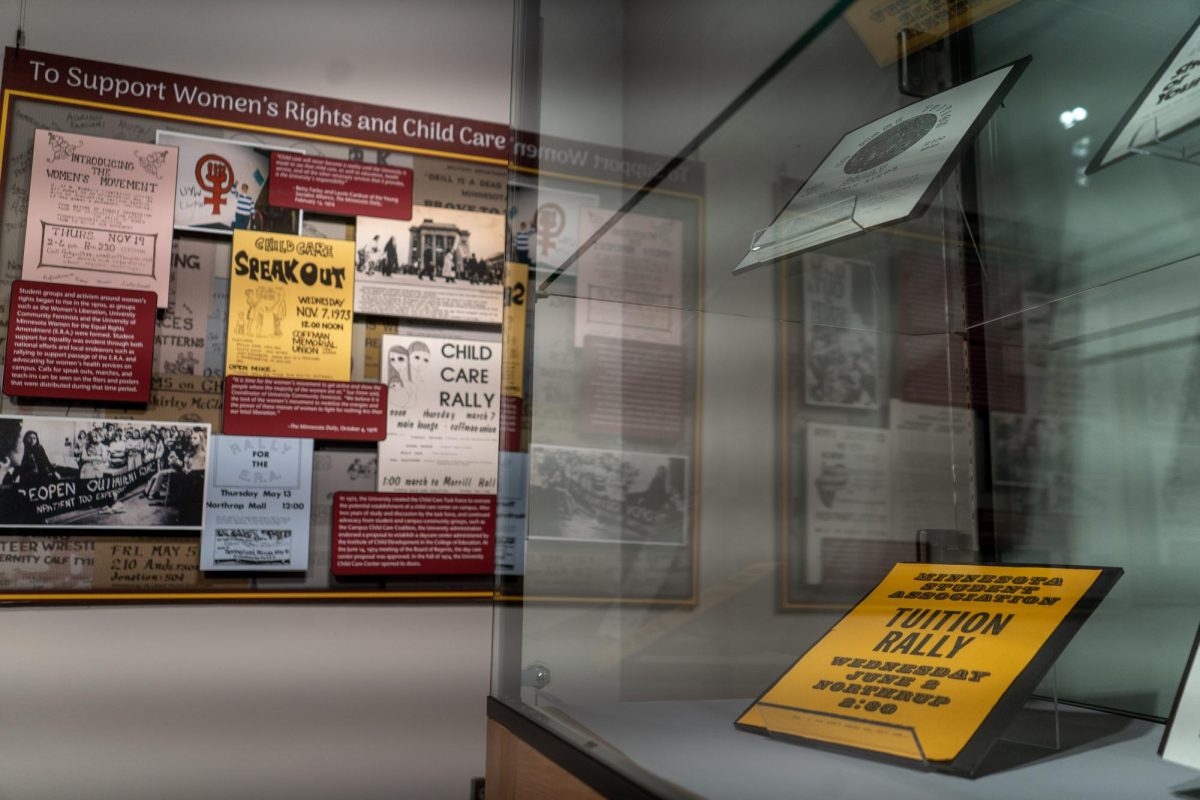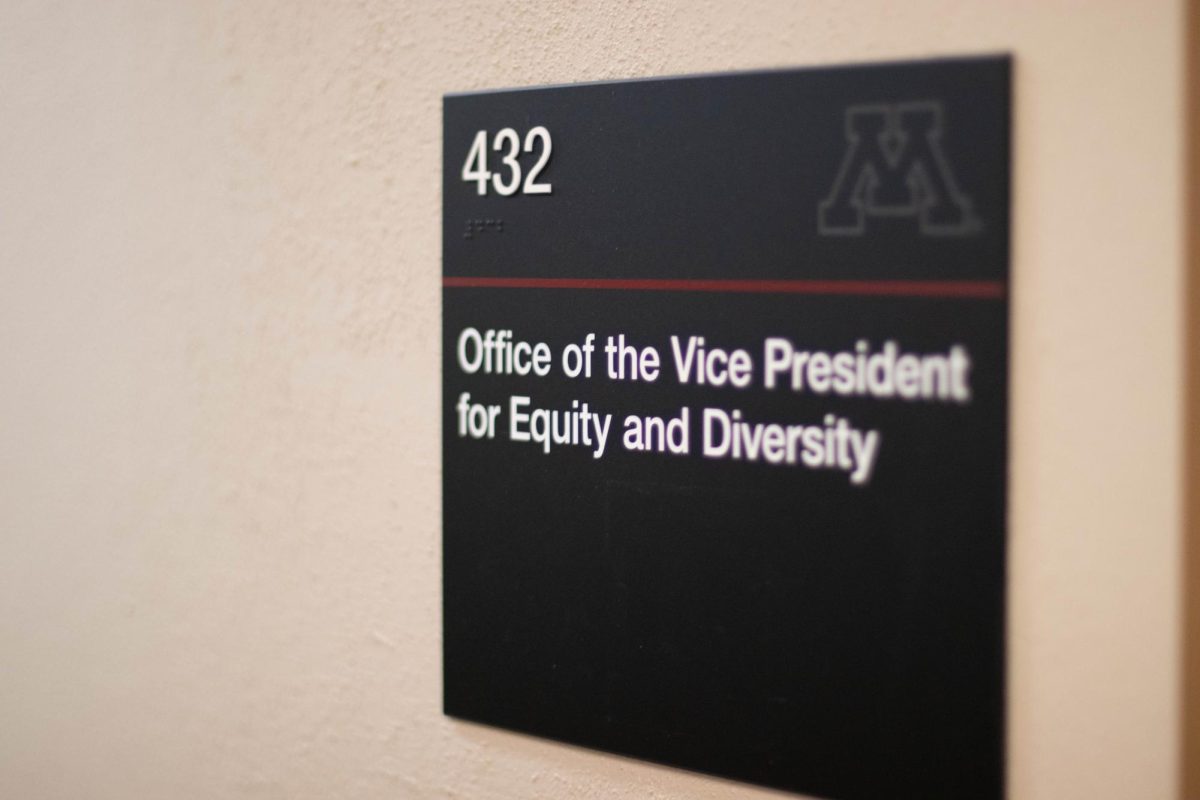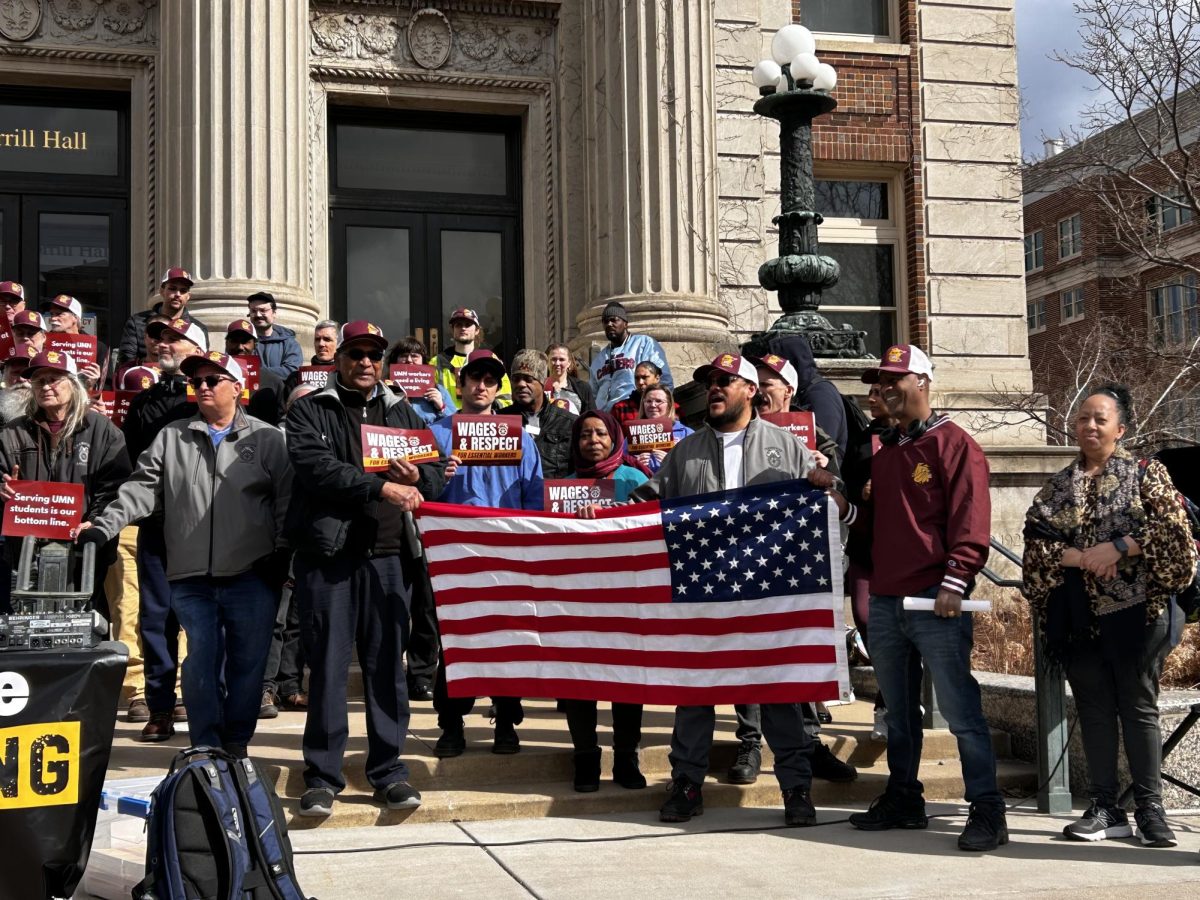The University of Minnesota’s Board of Regents requested $200 million for building repairs from the state and received in turn $43.4 million during the 2023 legislative session. Now, the board is planning to request $500 million for 2024.
The funding came from a statewide program called Higher Education Asset Preservation and Replacement (HEAPR) and is designated toward older University buildings in need of smaller repairs or large-scale renovations.
HEAPR funding covers building repairs across all University campuses, except Rochester since they rent their buildings.
Mondale Hall on the West Bank and Nils Hasselmo Hall on the East Bank are receiving roof replacements through this year’s funding. Buildings, like the Phillips Wangensteen Building and the Weisman Art Museum, have HEAPR funds put toward modernizing elevators. Others, like the Field House, are receiving accessibility upgrades to their restrooms.
In Duluth, heating and ventilation systems will be replaced in two buildings, Crookston will renovate the exterior of Owen Hall and Morris will replace the roof of its Humanities Fine Arts building.
If the Board’s $500 million request is approved in full, their focus on the Twin Cities campus will be on infrastructure and other internal repairs that had been neglected for “too long,” Vice President of University Services Alice Roberts-Davis said.
“The University has some beautiful facilities,” Roberts-Davis said. “We also have some labs that look like 1975, and those are the ones that we want to focus on.”
Next year, HEAPR funding will tackle bigger restoration projects across the other University campuses, like fixing Crookston’s heating plant, Roberts-Davis said. The Morris campus will be updating its multi-ethnic center, which currently has no elevators or Americans with Disabilities Act (ADA) access.
Assistant Vice President of Finance and Systems at the University, Brian Swanson, said HEAPR items are placed on a waitlist once a building that needs repair is reported. They are then prioritized in order of importance and cost per project.
Swanson said that even if there are high-priority projects on the list, they may be pushed back due to a lack of HEAPR funding for that year.
The proposed renovations to the Morris campus’s multi-ethnic center were originally included in the $200 million proposal for 2023 but had to be pushed back because the University only received $43.4 million.
“There just wasn’t enough money in their share of the appropriation to tackle that project,” Swanson said. “The campus then looks at what are the next set of high-priority projects that they can accomplish within the amount of money they can get.”
According to Swanson, the same will happen to projects in the 2024 HEAPR request if the full amount is not provided.
Another one of the University’s main priorities is to renovate Eddy Hall, the oldest building on campus. Eddy Hall, which sits on the edge of the East Bank campus in The Knoll, is unused by students and staff.
The renovated Eddy Hall would host classes for the College of Education and Human Development (CEHD) and provide a space to support first-generation students at the University, said Michael Rodriguez, dean of CEHD.
Another function Eddy Hall would provide is serving as the center for the TRIO program, according to Rodriguez. TRIO is a support program for students from underrepresented backgrounds working toward a college degree.
“We envision this space as student-centered and student-facing,” Rodriguez said during a tour of Eddy Hall.
The University will be moving classes for the CEHD into Eddy Hall once it is fully renovated.
Their next step, according to Roberts-Davis, will be to demolish Peik Hall, another building near The Knoll, and other buildings they think do not need to be reinvested in.
Unlike Eddy Hall, Peik Hall is still actively used as a teaching space for undergraduate classes.
According to Roberts-Davis, the University is trying to consolidate square footage by getting rid of unnecessary buildings, like Peik Hall, and moving more classes into newly renovated spaces.
After Peik’s demolition, Roberts-Davis said, there are no immediate plans on how the space would be used.
The budgeting, design and construction for Eddy Hall could see the space being open and accessible to students by late 2026 or early 2027, according to Roberts-Davis. Peik Hall’s demolition would likely begin after Eddy Hall reopens.
Fraser Hall’s construction is not being covered by HEAPR funding, despite how similar the renovation process is to HEAPR repairs.
According to Swanson, HEAPR funding is primarily meant to be a “catch-all” for campus projects. The Fraser Hall renovations are not only bigger but will also change the function of the building, which means the funds had to be requested separately.
“These are not glamorous kinds of projects, but they are really essential to keeping the campus running,” Swanson said.




